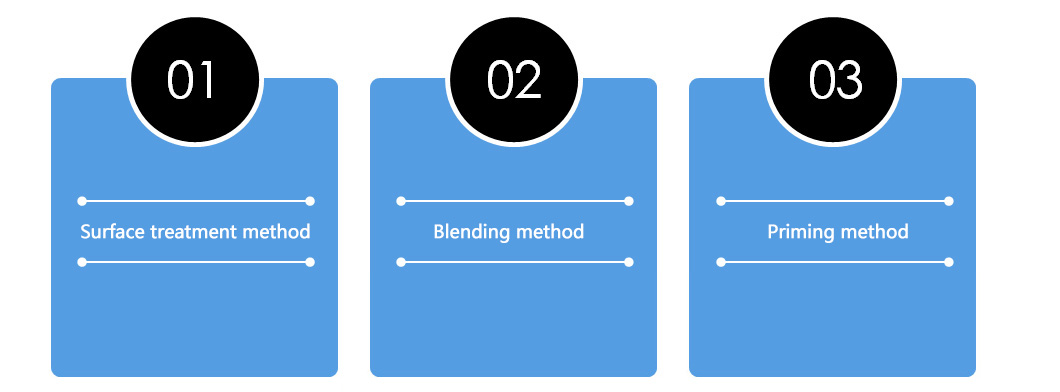Coupling agents can improve the dispersion of fillers in resin and increase compatibility, but it is extremely important to use coupling agents correctly, otherwise the coupling effect will not be achieved. In industry, there are three main application processes for silane coupling agents:

Surface treatment method
1. Use silane coupling agent to connect the interfaces between inorganic matter and polymer to obtain the best wetting value and dispersion. The solvents used are mostly water, alcohol or hydroalcoholic mixtures, and water without fluoride ions and cheap, non-toxic ethanol and isopropyl alcohol are suitable.
2. All solutions prepared from silane coupling agent need to add acetic acid as a hydrolysis catalyst, and adjust the pH value to 3.5-5.5. (Except aminosilanes)
3. Long-chain alkyl and phenyl silanes are not suitable for use in aqueous solutions due to their poor stability.
4. During the hydrolysis process of chlorosilane and acetoxysilane, severe condensation reactions will occur. It is also not suitable to use it as an aqueous solution or a hydroalcoholic solution.
5. For silane coupling agents with poor water solubility, a mass fraction of nonionic surfactant can be added first, and then water can be added to form a water emulsion.
Blending method
1. Coupling agent is added directly to the resin binder, and when used, the coupling agent is directly mixed with the resin.
2. The function of the blending method is that the coupling agent migrates from the resin to the fiber or filler surface and interacts with the filler surface. Therefore, it needs to be left for a period of time to complete the migration process and then solidify.
Priming method
1. Priming method definition: Apply a layer of dilute coupling agent to the surface of the adherend.
2. Features of the coupling agent: small amount but big effect. The amount of silane coupling agent is related to the type of silane coupling agent and the surface area of the filler. The calculation formula is:













 鄂公网安备 42900402000406号
鄂公网安备 42900402000406号 Home
Home Tel
Tel Product
Product